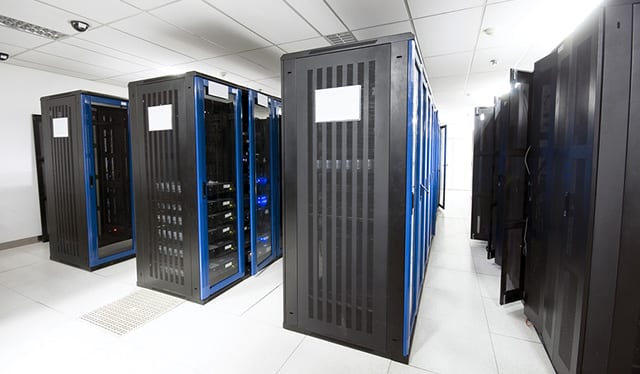
Let’s find what you’re looking for. Search our resources, blog, pages, and any other content on our website.
Great question. In short, it depends. It really boils down to economics. The size of the company is also a critical component in the decision-making process. For large enterprises, maintaining in-house IT resources can come with significant cost advantages, because these organizations typically have the large budgets necessary to grow with technological advancements. The resulting increase in productivity easily offsets the initial costs.
However, at small and medium sized companies, IT departments could cause companies to miss out on potential savings in productivity increases and IT Infrastructure management. Small companies often invest in local infrastructure that does not require enough maintenance or support to justify a full-time position. So, the cost of an in-house IT department can exceed the value of the work they actually do or produce. Outsourcing IT services can save small- to medium-sized businesses a considerable amount of money. According to a CIO Magazine survey, businesses spent around 5.2% of their budget on IT, and at least 32% of that was spent on capital expenditures, e.g. servers. With the current pace of technological advancement, small- to mid-sized businesses run the risk of wasting money on outdated infrastructures. For example, purchasing your own servers, which many businesses do when they’re starting out, will essentially put a limit on how fast your company can grow. The last thing you want is to be stuck with the same server for 5 years. IT should be helping drive your business, not impeding it.
On the other hand, contracting with a managed IT provider can give you extra flexibility. Business owners do not have to worry about outdated hardware or software, security vulnerabilities or the limited capacities that come with running your own IT department. Managed services have state-of-the-art data centers far superior to anything a small-medium sized business can afford. And you can rapidly expand or contract your services with them according to your requirements. Outsourcing also takes unpredictability out of the equation. Going solo means you incur the costs of natural disasters, such as replacement parts. You never know how much equipment failure will set you back, and that can easily break a budget if you’re unlucky. By outsourcing IT, you make it a fixed and predictable cost. There are more than enough uncertainties in business, and IT services should not be one of them. When all’s said and done, small- and medium-sized businesses get the most benefit from outsourced IT. They are exchanging a cost center for a business partner. The traditional dynamic of outsourcing, which used to be that of a strictly vendor-client relationship, no longer applies. Rather than putting pressure on the client about their marching orders, vendors help clients by advising through a consultative process. Managed services also tend to support a wide variety of other businesses, so the client ultimately benefits from best practices across industries. Businesses pass up the opportunity of gleaning that knowledge and experience when they choose to stay in-house. The trend towards outsourcing IT is going up each year. More and more businesses are adapting to this concept as technology makes it easier and cheaper. So, before you decide to keep your IT managed in-house, shop around a bit, and explore the options a managed provider can offer you.